AFTER being acquitted at the Monmouthshire Assizes on June 21, 1921, for the charge of brutally murdering eight-year-old Freda Burnell, 15-year-old Harold Jones left the courtroom to an emotional reunion with his tearful parents.
Not long after he was escorted to a nearby restaurant for a celebratory meal.
In high spirits a jubilant Jones jumped on a dinner table and addressed a large crowd of his supporters with a heartfelt, “I thank you all. I do not hold a grudge against the people of Abertillery for the horrendous ordeal I have been put through.”
Jones was hailed a hero by the other diners who toasted his good health and what they believed was a memorable victory for justice.
Later that day he was whisked back to his hometown of Abertillery on an eye-catching charabanc sporting two large flags which fluttered free as a bird in the gentle breeze.
On his triumphant tour through the Western valleys, crowds lined the streets, waving, cheering, and keen to catch a glimpse of the man of the hour.
He eventually arrived in Abertillery to a hero’s welcome and streets decorated with bunting. He was presented with a gold watch by the great and good of the town and was carried shoulder-high through the streets where he was born and bred as a brass band played.
The people of Abertillery were euphoric. They never believed that one of their own could commit such a horrendous crime against a girl only three-and-a-half stone in weight, and one who could not possibly have defended herself.
For once, the downtrodden members of this strong community thought the scales of justice had tipped in their favour.
One of the first to congratulate Harold Jones on his return was Mr. Arthur George Little with the words, “Well done Harold we knew you didn’t do it.”
A mere 17 days later, Little’s 11-year-old daughter Florence had her throat savagely cut by Jones, who bled her dry over the kitchen sink and then hid the body in his parent’s attic.
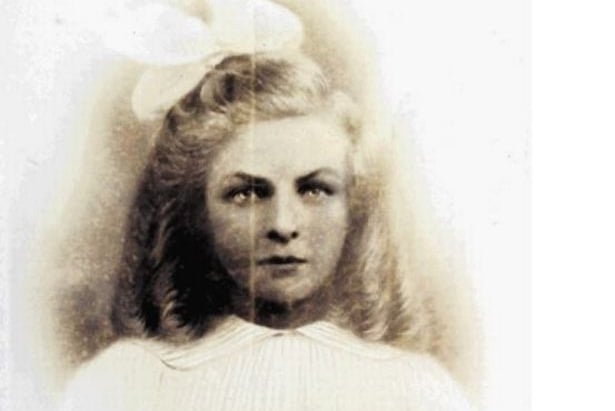
When the police found Florence the coroner said there were barely two teaspoons of blood left in her body.
Not long after her child’s murder, Florence's mother called at Jones's house to enquire about her daughter's whereabouts, and although the young psychopath had just finished concealing the body, he still had the gall to ask her how her little boy, who had recently been poorly, was doing.
In the same manner, he'd acted after Freda had disappeared, Jones even proceeded to help with the search - similar to the way Ian Huntley behaved after the Soham murders.
Jones committed his first murder, and one he very nearly got away with, on February 5, 1921, when Freda Burnell was sent on an errand to a local birdseed shop where Jones worked.
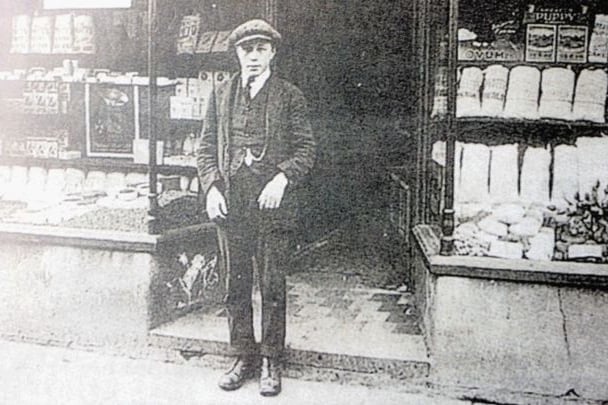
Although the shop was only a few minutes away, the girl never made it home. Jones had tricked her into accompanying him to a nearby storage shed, before sexually assaulting and then murdering her.
The body was dumped in a secluded lane and was found by a collier at about 7.30 pm the next morning. After Scotland Yard officers were dispatched from London to assist local police, Jones eventually fell under suspicion following the damming discovery of Freda's handkerchief in the shed to which Jones had the only key.
Jones's guilt was further compounded by a witness who claimed to have heard screams coming from the shed and the discovery of an axe that may have been used in the attack.
Jones was subsequently arrested and sent to trial at the Monmouth Assizes where he pleaded innocent and refuted all claims against him, and despite the weight of circumstantial evidence tightening the noose around his neck, he was found not guilty.
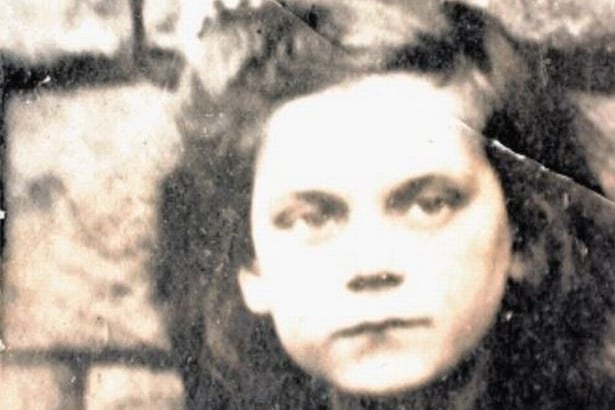
After being released to kill again, Jones was finally arrested after the police carried out house-to-house searches looking for evidence that would lead them to the killer. This time he was caught red-handed with the corpse of a child in his attic, and had no option but to plead guilty.
Jones escaped the hangman's justice by virtue of his age and was sent to Usk Prison where he chillingly confessed to the chaplain that he was responsible for the first murder and that the voices in his head had compelled him to carry out the act.
In newspaper reports from the time, Jones bragged about the first murder and revealed, "I had only read of Scotland Yard men before, now I'd seen them in the flesh and beat them." Before adding, "I watched Freda's funeral. I played billiards, ate, and slept as usual."
Describing why he killed, Jones said, "Quickly as the lightning flashes, the demon had me in his power again. Again there was that blinding light and that dash of fire across my eyes and brain. Once more came the command to 'kill!' - and I did.
The crimes of Harold Jones hit the headlines across the world. The New York Times described it as a “charge of murder perhaps unprecedented in the history of crime.”
By its very nature, the case of Jones lays waste in part to nostalgic claims about the innocence of the ‘good old days’, and mocks the notion that children who kill in the modern era only do so because they have been corrupted and turned into unthinking machines by violent films, social media, video games, and a materialistic and selfish society lacking in moral fibre.
Unfortunately, humanity’s need, however morbid, to understand the monsters that have walked amongst us through the murk and mist of time, will be left no more enlightened by the tragic episode that shrouded Abertillery in an impenetrable veil of mourning in 1921.
What accounts of the crime reveal about the personality of Harold Jones is disturbing and riddled with suggestions.
The ‘World’s Pictorial News’ wrote soon after Jones’ imprisonment at Usk Gaol, “He can banish what to others would be of the greatest concern like flicking dust from a sleeve. He permitted nothing to worry him and was a fatalist of the most pronounced order. His mind carried him into years beyond his age. His heavy lower face always hinted at lust being pronounced. The general contour of his features suggests the animal being strongly represented. His physique was in keeping with the animal suggestion. He was as strong as a lion and could toy with a sack of potatoes as though it was a matter of mere ounces.
If he were not allowing himself to become intoxicated on the strains from the organ, he was reading all manner of detective stories from the sound and literary ones to the dangerous and trashy cheap ones. It was his close study of these that enabled him to put up so good a fight
against Scotland Yard to secure an acquittal on the first occasion.
His cunning and calm though is perhaps better shown in the second case when the mother of the murdered girl called at Jones’ house to ask if the girl was there. Harold Jones had just placed the bleeding body of his victim in the attic, and calmly told her mother she had been but had gone out with his sister; and then as an afterthought, he asked how the woman’s little boy who had been unwell, was doing. His hands were literally still dripping with the young blood of this very woman’s little girl.
He could lie with wonderful ease and conviction. When his back was to the wall he would fight like a badger. I can see him now before Mr. Vachell, K.C., for the Crown, in the first case, lying so cleverly that even this master of rapier-like exchanges of words could not break down his guard to get in a winning thrust.
I can see those eyes lighting up with terrible fires, the scowl of wickedness be-clouding the animal, though pinky face, as he senses the potency of counsel’s speech against him. It was the power of their truthfulness that caused the headstrong Jones, who was as vain as a peacock, to show his teeth and snarl from the dock.”
Interestingly enough, in their efforts to explain the malignant enigma that was Jones, reporters working for Manchester’s Thompson’s Weekly News revealed how eminent British scientists were searching for the microbe in the brain of Harold Jones, in the hope that this boy of 15 would have the key to the problem which has worried the world for centuries, namely ‘the desire to kill.’
The view of the experts was that the first treatment to destroy the microbe was work and fresh air.
Medical men of the time explained that because Jones was immensely big for his years, the work of a shop boy was more of a luxury life than anything else, with the result that instead of the muscles becoming stronger, the brain was allowed to develop and in the absence of any guiding principles, unfortunately in the wrong direction.
These so-called experts pronounced there was a great deal of similar decadency all over the country, and claimed that those who put it down to World War One were entirely wrong.
Needless to say, no amount of quacks could diagnose and treat the cold and calculating condition of Jones, who sometime after his imprisonment conducted a one-off interview with the ‘Sunday Chronicle’ from his prison cell in a bid ‘to put himself right before God,’ and ‘unburden his mind.’
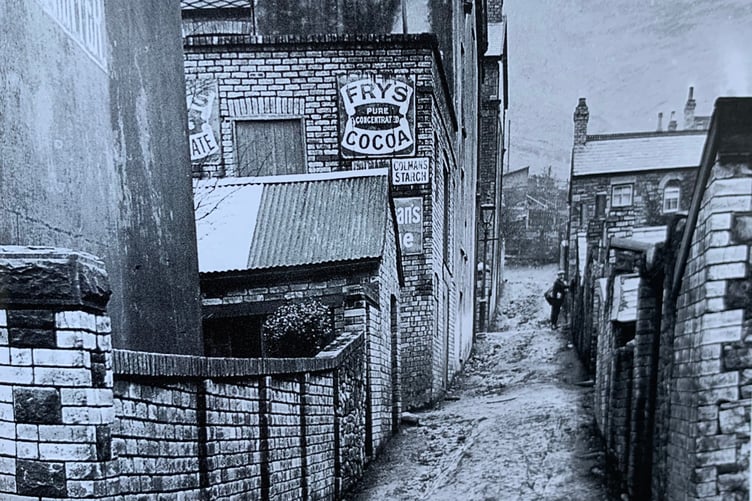
In the interview, Jones explains in the arrogant manner of someone seemingly without repentance and without any desire to make peace with God, “The great secret of my success I believed was to say nothing and confound by my actions anyone who could say they had seen me near the victims and the murder sites.”
However, when Jones was transferred from Usk, a journalist noticed that the former cocky, arrogant Jones now looked gaunt and fugitive.
Whilst serving time at Maidstone prison in Kent a medical report on Jones concluded that he was still without remorse for his crimes and that both his murders were due to sadism.
The report also hints that certain aspects of Jones’ behavior such as his unexplained fetishism for handkerchief collecting, and evidence that at the time of the murders of Freda and Florence, their killer was having full and perverted sexual relations with a 13-year-old called Lena Mortimer, whom he once begged to spit in his mouth, all pointed to an association of early sexual development.
Finally released from London’s Wandsworth jail in December 1941, Jones vanished off the radar for a while due to the chaos that was wartime Britain. He later resurfaced in 1947 and was reported as living in London, where he continued to register himself at various addresses under several false names.
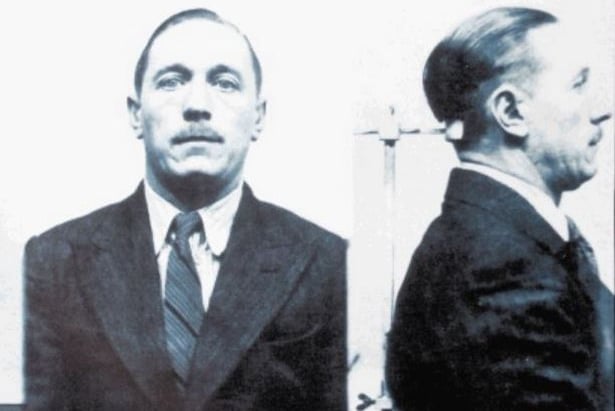
Without any regard for the families of his victims, Jones would often return home to his parent’s house in Rhiw Parc Road, and local tales abound that the sound of him playing the organ in their front room would haunt the terraced streets, all of which would remain empty as mothers kept their children safely indoors until Jones had departed.
Research shows that Jones married, and had a child, but it is not known if they knew anything of his terrible past.
What is known, however, is that as a final gesture of defiance and arrogance, when he died of cancer in 1971 and was buried in West London's Hammersmith cemetery he insisted on being buried under the name of Harold Jones, the first time he had used that title for twenty-four years.
Neil Milkins who wrote a superbly detailed book based on the case of Harold Jones entitled ‘Every Mother’s Nightmare,’ and believes Jones was also responsible for the Jack the Stripper Killer murders that devastated London between 1964 and 1965, pointed out, “In the aftermath of his crimes, Jones was concerned enough about his safety to hide his true identity but was unconcerned about any retribution that may come upon his family after his death for his past crimes.”
In the end, Jones died as he lived, a cold-blooded psychopath.
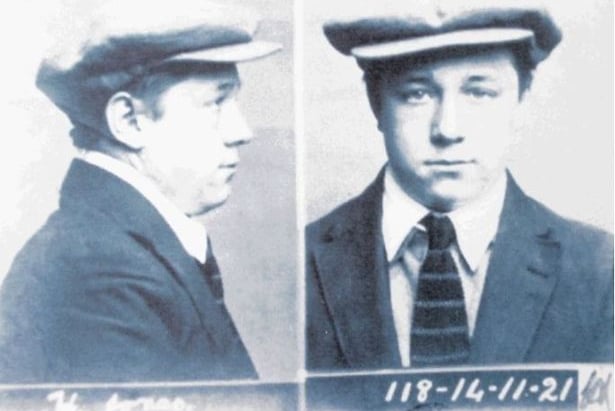

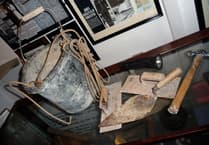


Comments
This article has no comments yet. Be the first to leave a comment.